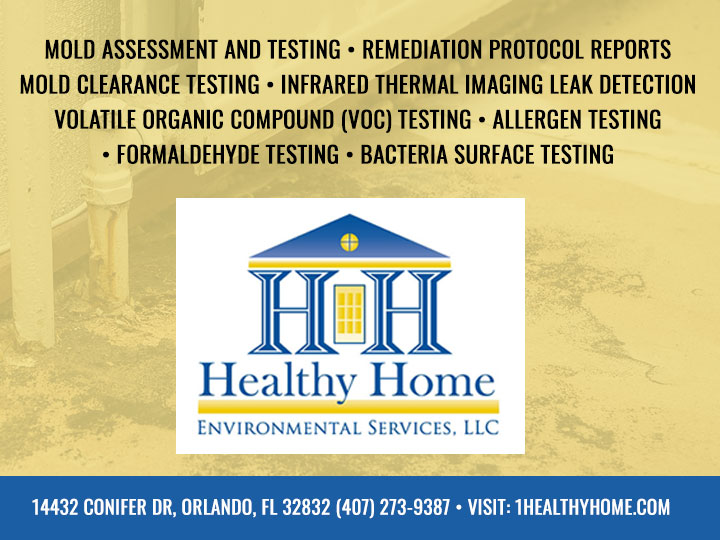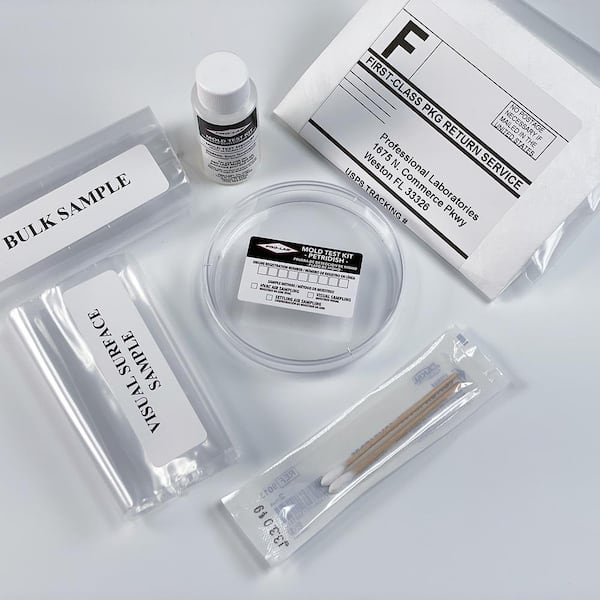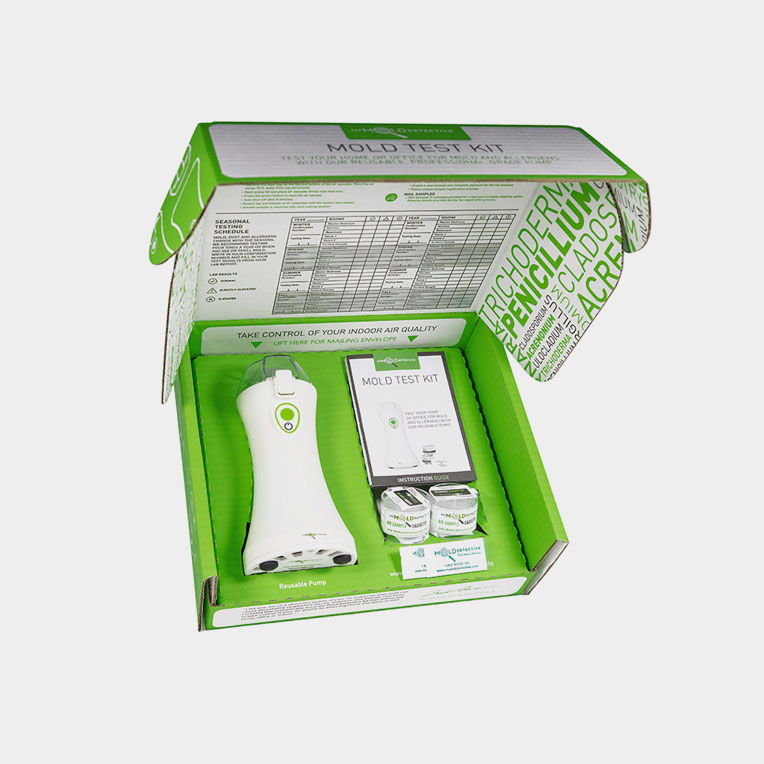Why Mycotoxin Testing Services Are Necessary for Protecting Public Health
The value of mycotoxin testing solutions in securing public wellness can not be overstated. Mycotoxins, poisonous substances created by fungi, pose significant health and wellness dangers such as liver damages and cancer cells when existing in food and feed.
Comprehending Mycotoxins
Understanding mycotoxins is essential for making sure food safety and security and protecting public health. Mycotoxins are toxic substances created by particular kinds of fungi, commonly located in food and feed plants. These fungi can multiply in a range of problems, especially in warm and moist environments, resulting in contamination during pre-harvest, storage space, or handling phases. The most widespread mycotoxins consist of aflatoxins, ochratoxin A, fumonisins, and trichothecenes, each with distinct chemical structures and toxicological properties.
The visibility of mycotoxins in foodstuffs can compromise their safety and quality. They are resistant to standard food processing techniques, therefore lingering in the food supply chain and presenting possible risks. Regulative bodies worldwide, such as the Food and Agriculture Company (FAO) and the World Health Organization (WHO), have actually set rigorous limitations on acceptable levels of mycotoxins in food items to reduce their adverse impacts.
Reliable mycotoxin monitoring includes extensive surveillance and testing to detect and evaluate their degrees in agricultural items. This positive method aids in determining polluted batches early, consequently avoiding their intro right into the market. Implementing rigid mycotoxin controls is essential for keeping food safety and security standards and safeguarding consumer health.
Wellness Dangers of Mycotoxins

Direct exposure to mycotoxins postures substantial wellness risks to both animals and humans, requiring watchful surveillance and control actions. These harmful secondary metabolites, generated by specific fungi, can contaminate food and feed, causing persistent and acute wellness problems. In humans, mycotoxins such as fumonisins, ochratoxins, and aflatoxins can trigger a variety of adverse results, including liver damage, kidney poisoning, immune suppression, and even carcinogenic impacts. For example, aflatoxins have been categorized as Team 1 health hazards by the International Agency for Research on Cancer (IARC), showing a tested link to liver cancer cells.

Given these serious health consequences, it is critical to carry out durable mycotoxin screening protocols. Exact discovery and quantification of mycotoxins in food and feed are important to alleviate wellness dangers and make certain animal and public safety and security.
Common Resources of Contamination

Along with grains, nuts such as almonds, pistachios, and peanuts are very susceptible to mycotoxin contamination. Aflatoxins, a potent form of mycotoxin, are typically located in these nuts, particularly when storage conditions are suboptimal. Dried out fruits, consisting of figs, apricots, and raisins, also existing abundant grounds for fungal growth as a result of their high sugar material and moisture-retaining properties.
Moreover, contamination is not limited to raw agricultural products. Processed foods, animal feeds, and dairy items can additionally have mycotoxins if the initial active ingredients were contaminated. This expands the danger useful site of direct exposure throughout the food supply chain, necessitating rigorous surveillance and control steps.
Comprehending the usual sources of mycotoxin contamination is vital for carrying out efficient preventative approaches. Reducing these threats at the source can substantially minimize the occurrence of mycotoxin-related wellness issues, guarding public health.
Evaluating Methods and Methods
Advanced analytical methods are used to identify and measure mycotoxins in various substratums, making certain public wellness safety. High-Performance Fluid Chromatography (HPLC) combined with mass spectrometry (MS) is a gold requirement in mycotoxin screening, delivering high sensitivity and specificity.
One more extensively utilized approach is Enzyme-Linked Immunosorbent Assay (ELISA), which offers rapid screening and is cost-effective for big example quantities - Mycotoxin testing Services. ELISA packages are beneficial because of their simplicity of use and fast turn-around time, making them suitable for on-site testing
Sampling methods are equally critical. Correct sampling makes certain that the accumulated specimens are depictive of the entire set, consequently reducing the risk of false negatives or positives. Adherence to developed standards, such as those supplied by the International Organization for Standardization (ISO) and the European Committee for Standardization (CEN), is crucial for keeping uniformity and integrity across screening methods.
Strenuous recognition of these methods and approaches is crucial. It navigate to this website guarantees reproducibility and precision, thereby strengthening the honesty of mycotoxin monitoring systems.

Benefits of Regular Testing
In the realm of food safety and security and agricultural quality assurance, the advantages of routine mycotoxin testing can not be overemphasized. Regular screening makes certain that agricultural items satisfy safety and security criteria, consequently shielding consumers from the unsafe results of mycotoxins, which include liver damages, immune suppression, and even cancer cells. By identifying infected sets early, routine testing enables prompt treatment, protecting against such products from going into the food chain.
In addition, routine mycotoxin screening is critical for keeping the integrity and reputation of food manufacturers and vendors. Firms that dedicate to normal screening show their devotion to public wellness and food safety, thereby obtaining consumer trust and commitment. This aggressive approach can also mitigate economic losses connected with product remembers, legal liabilities, and potential trade limitations.
Normal mycotoxin screening makes sure adherence to worldwide and national standards, promoting smooth trade procedures and market access. Ultimately, routine mycotoxin screening not just protects public wellness but likewise strengthens the economic stability and international competitiveness of the farming sector.
Verdict
Mycotoxin screening solutions play an essential function in public wellness defense by recognizing and minimizing the threats presented by toxic fungal compounds in food and feed. By identifying contamination early, these services prevent serious health and wellness problems such as liver damages and cancer cells, guaranteeing compliance with governing standards. Normal testing improves customer depend on, supports the stability of the agricultural field, and ultimately adds to the protecting of food safety and public health and wellness.
The relevance of mycotoxin testing services in guarding public health and wellness can not be overstated.Recognizing mycotoxins is important for making sure food safety websites and protecting public wellness. Mycotoxin testing Services. Regulatory bodies worldwide, such as the Food and Agriculture Organization (FAO) and the Globe Health And Wellness Organization (THAT), have actually established rigid limitations on appropriate levels of mycotoxins in food products to alleviate their damaging results
Ultimately, normal mycotoxin screening not just secures public health but likewise strengthens the financial security and worldwide competitiveness of the farming market.
Mycotoxin screening services play a crucial function in public health and wellness defense by identifying and alleviating the threats posed by harmful fungal substances in food and feed.